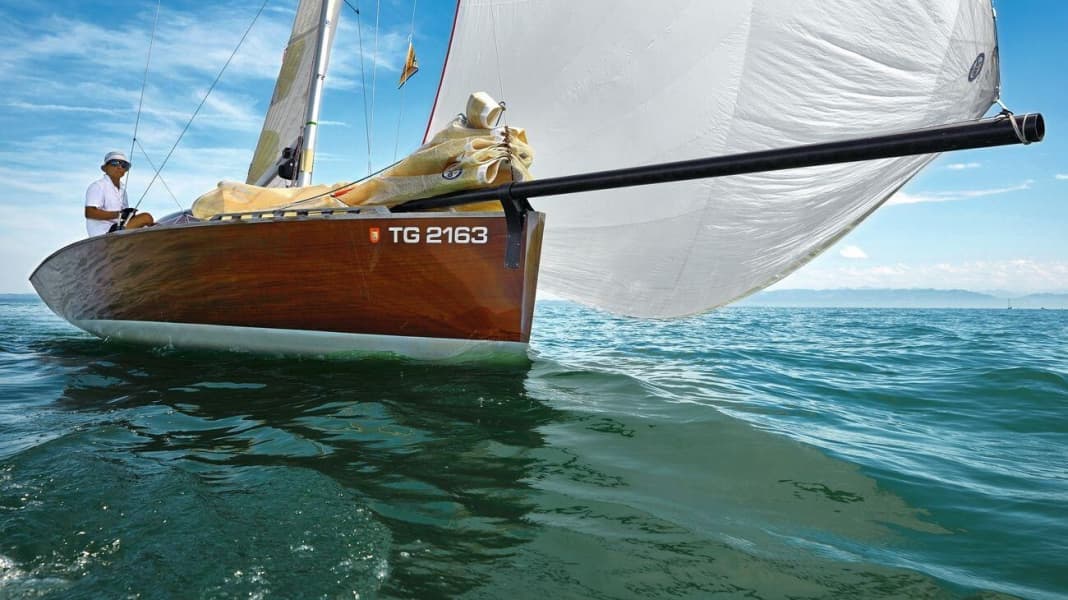The gennaker has almost universally replaced the spinnaker on modern cruising yachts, because the asymmetric version has clear advantages in a number of areas. When sailing cruising, especially with a small crew, the significantly easier handling is the most important factor: no handling on the foredeck with the spinnaker pole, only one sheet has to be operated instead of the additional aft haul as with the spinnaker; not forgetting the top and downhaul of the spinnaker pole. Nobody has to leave the cockpit to jibe. There are hardly any differences to the spinnaker when setting and retrieving, unless it is a furling gennaker, which in turn can also be operated from the cockpit.
But while the principle of rigging a spinnaker is always very similar - with a spinnaker pole, sheet and backhaul - there is one point where the gennaker differs considerably: the design of the gennaker pole. Some boats don't have one at all. Most new cruising yachts have a bowsprit. Many regatta yachts have distinctive booms, some several metres long, some firmly laminated to the hull, with or without a water stay, extendable, even pivoted. The different designs and lengths are due to different purposes.
Basically, the longer the better. At the same time, the same applies to cruising yachts: That is nonsense.
Why this is the case is explained in detail in YACHT 17/2017. We also show 20 different versions of gennaker poles.
How to trim the mainsail correctly

